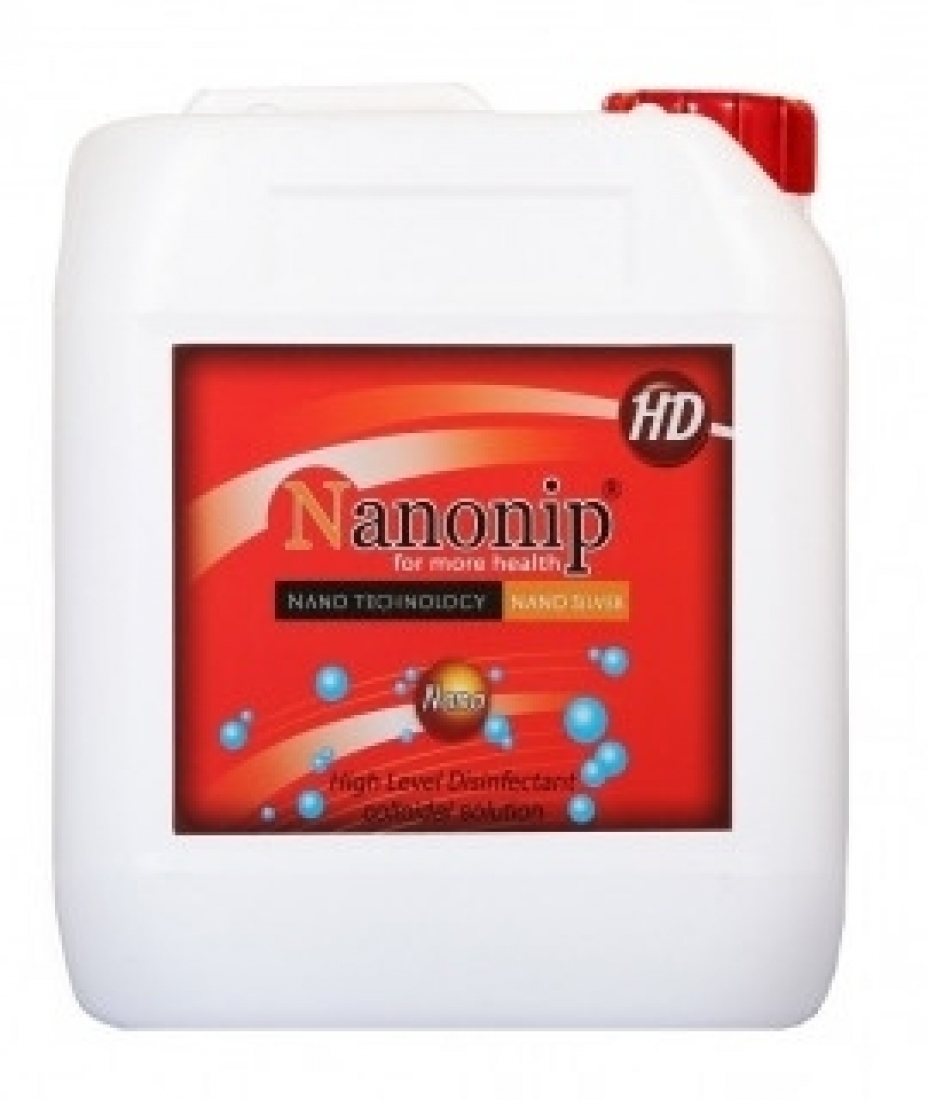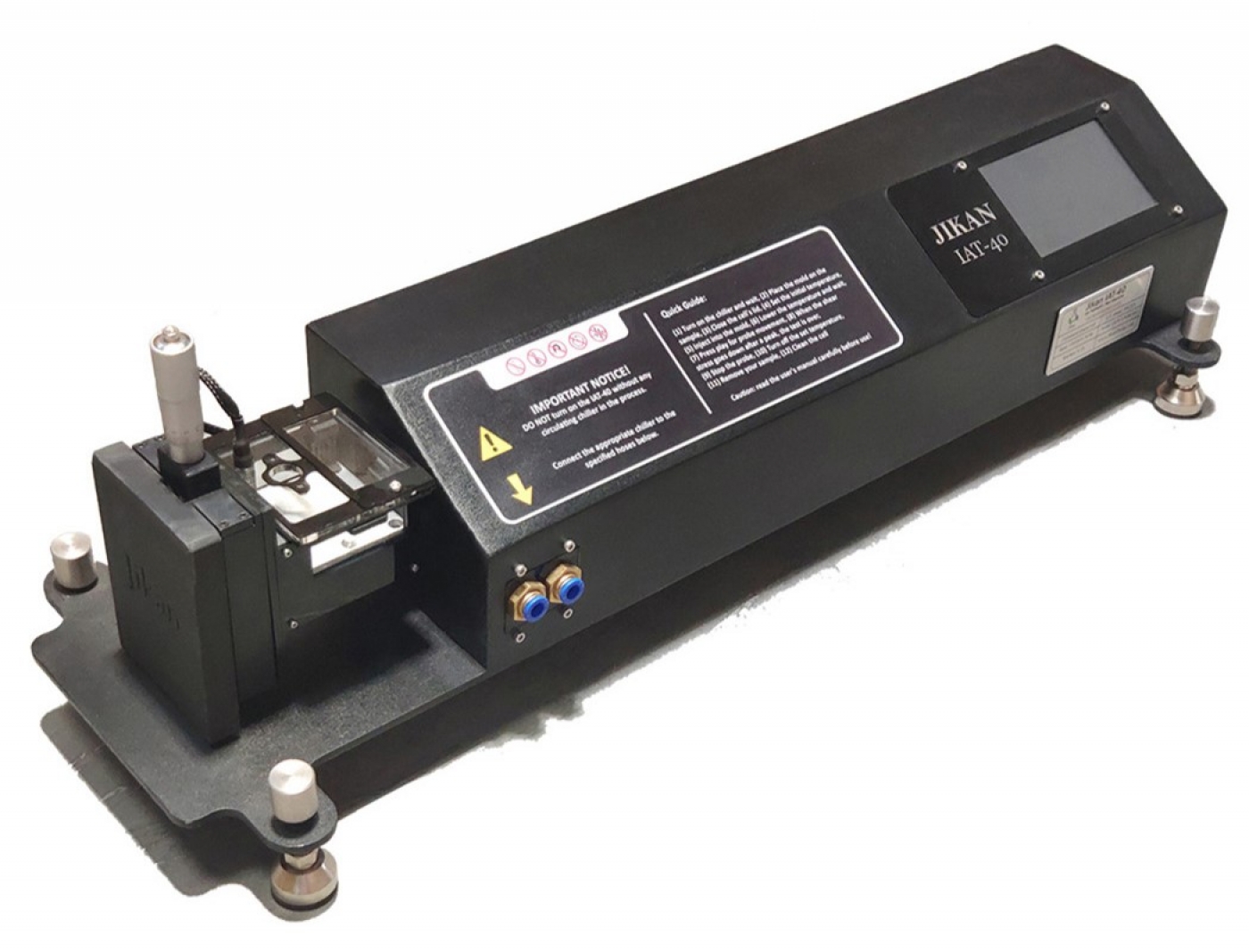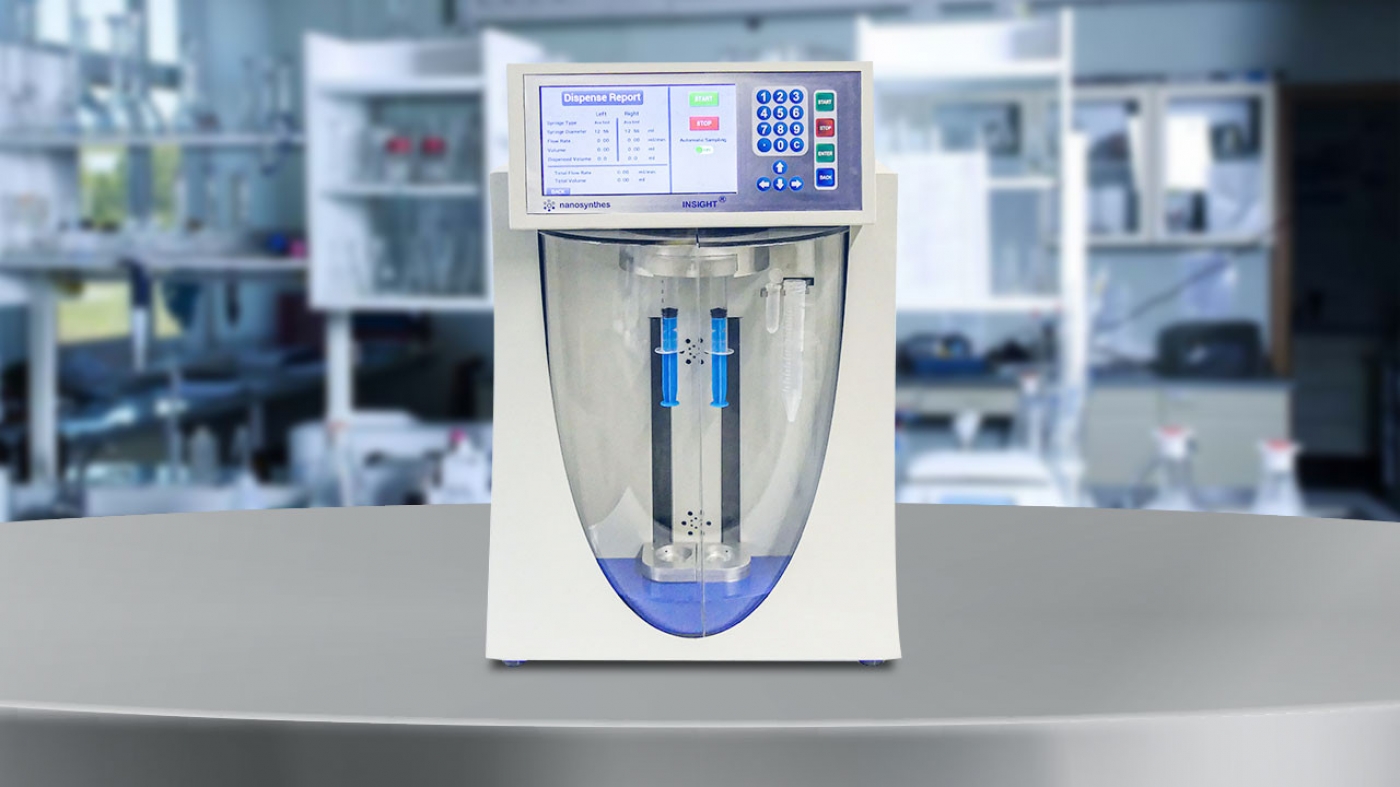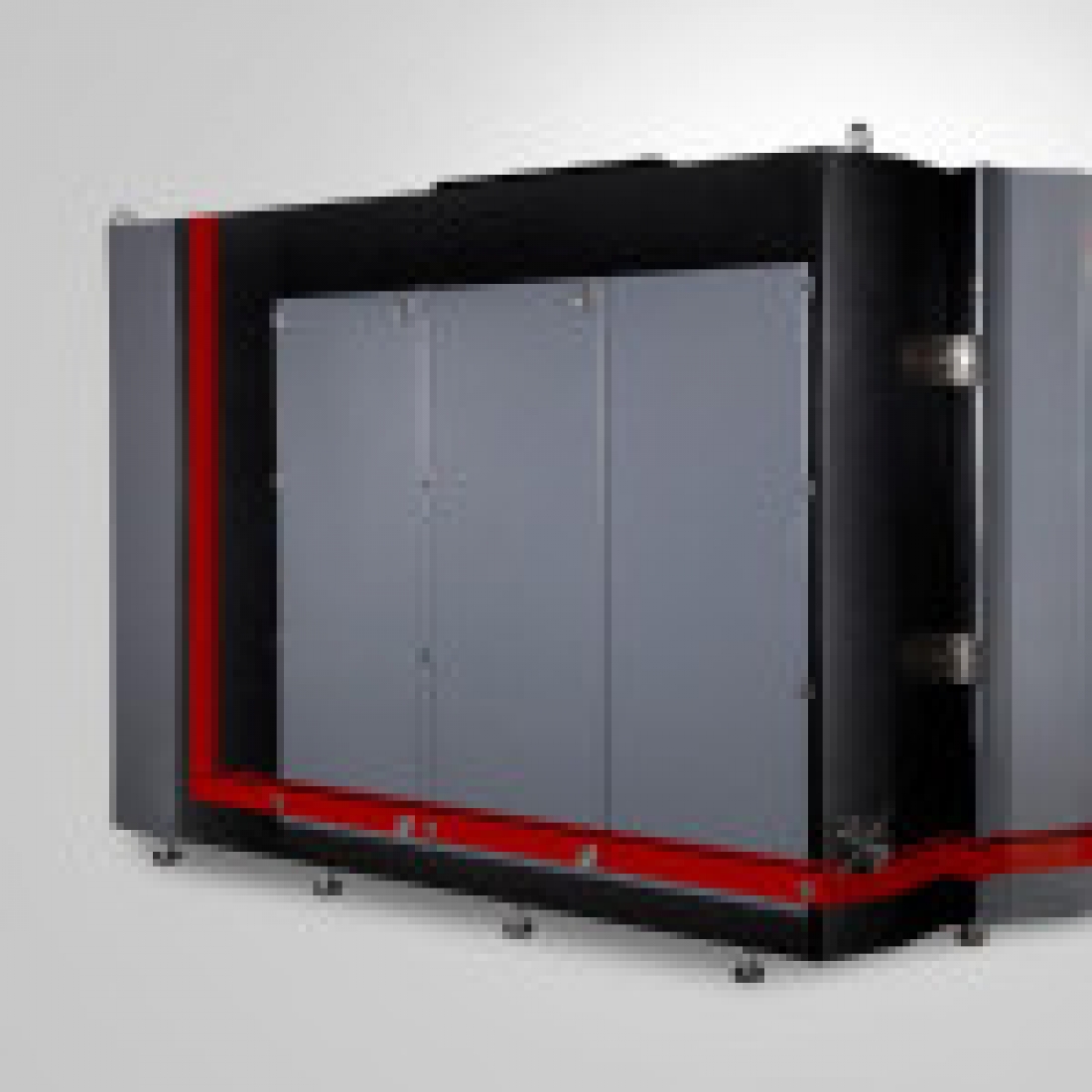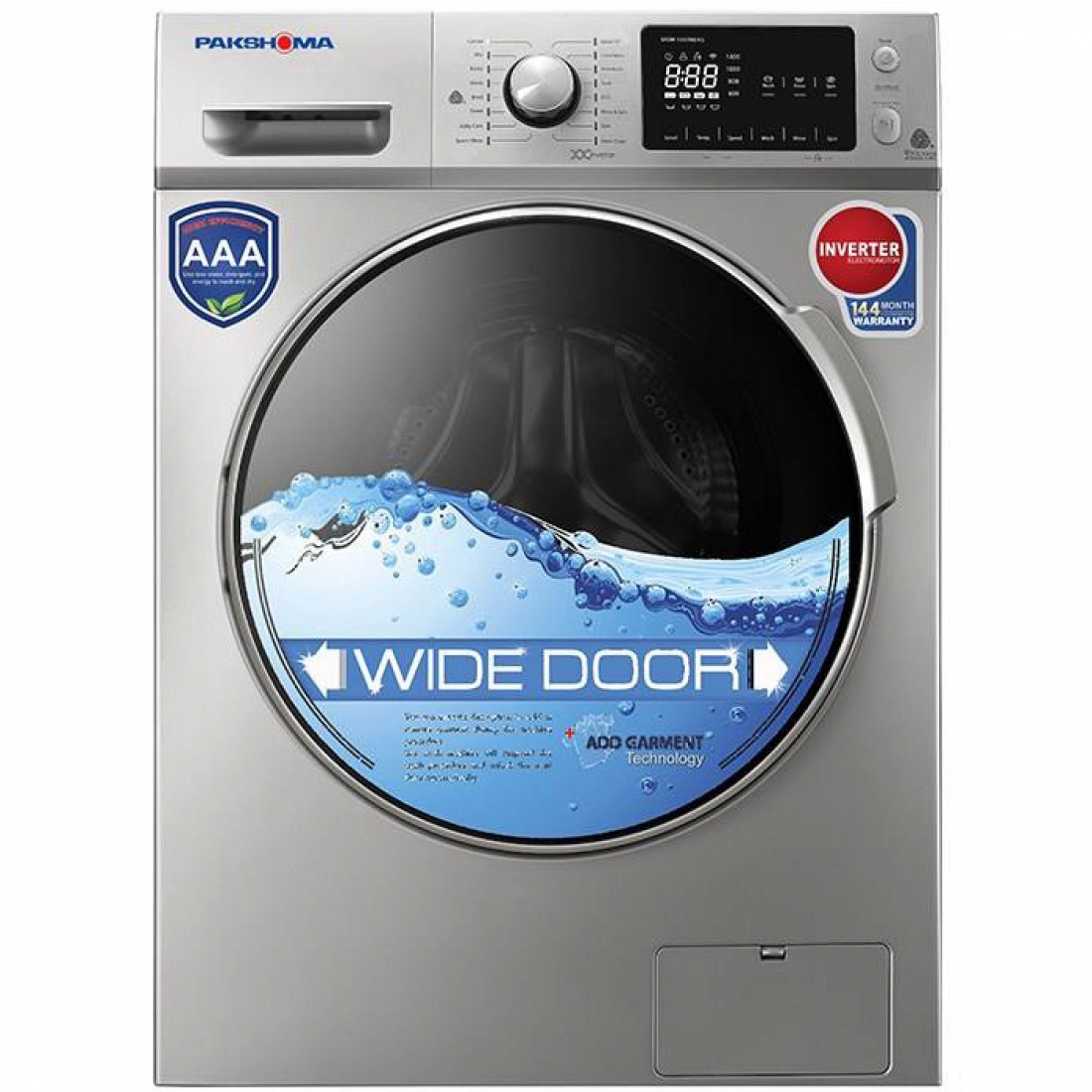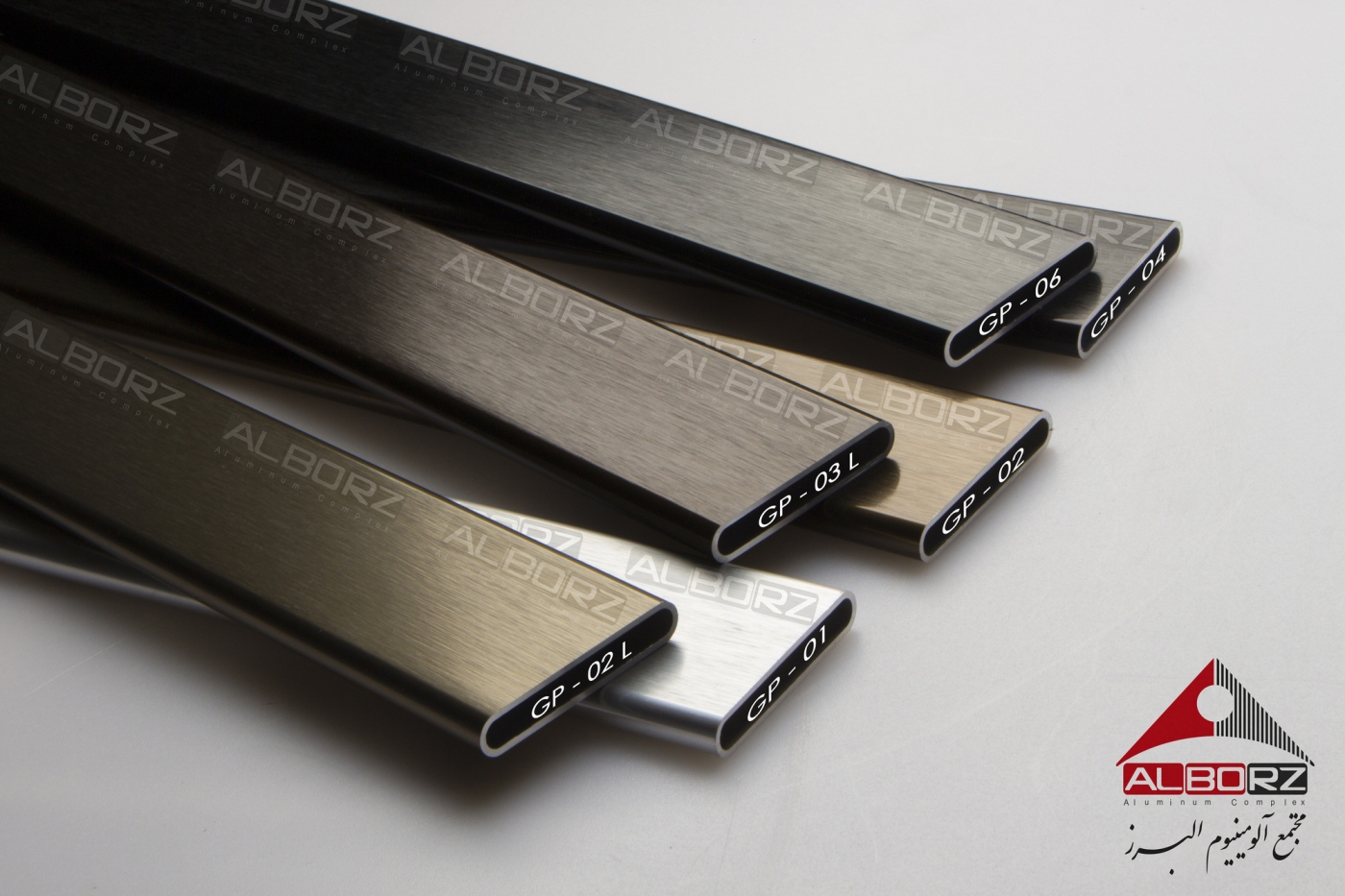
Due to their low price, low density, acceptable strength and good appearance, aluminum parts have found many applications such as skeletons of various structures, columns, protective walls, stair railings, doors and windows, and car parts. These components, which are usually made of 6000 or 2000 series alloys, are usually used in the air and atmosphere. The placement of these parts in the vicinity of the environment creates a thin layer of aluminum oxide on the surface that is resistant to corrosion, but this property is lost due to scratches on the surface of the part. In order to improving properties such as corrosion and wear resistance and increased aesthetic appearance, anodized coatings with high thickness, strength and adhesion are used by anodizing method. In this method, aluminum metal acts as an anode and another suitable metal acts as a cathode, creating a layer 10 to 20 micrometers thick or more, with pores perpendicular to the surface of the part. By controlling the anodizing conditions and obtaining a coating with nanometer porosity, In addition to improving adhesion and properties such as corrosion and wear resistance, the paintability also increased.
